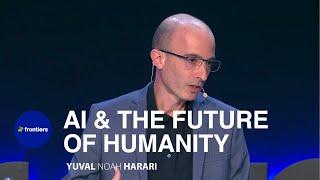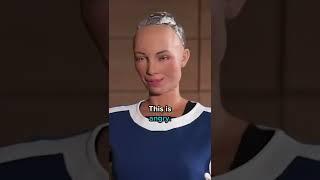When Mount Vesuvius erupted in 79 C.E., it covered the ancient cities of Pompeii and Herculaneum under tons of ash. Millennia later, in the mid-18th century, archeologists began to unearth the city, including its famed libraries, but the scrolls they found were too fragile to be unrolled and read; their contents were thought to be lost forever.
Only now, thanks to the advent of artificial intelligence and machine learning, scholars of the ancient world have partnered with computer programmers to unlock the contents of these priceless documents. In this episode of “There’s More to That,” science journalist and Smithsonian contributor Jo Marchant tells us about the yearslong campaign to read these scrolls. And Youssef Nader—one of the three winners of last year’s “Vesuvius Challenge” to make these clumps of vulcanized ash readable—tells us how he and his teammates achieved their historic breakthrough.
Find prior episodes of our show here (https://www.smithsonianmag.com/podcast/) .
There’s More to That is a production of Smithsonian magazine and PRX Productions.
From the magazine, our team is Chris Klimek, Debra Rosenberg and Brian Wolly.
From PRX, our team is Jessica Miller, Adriana Rosas Rivera, Genevieve Sponsler, Rye Dorsey, and Edwin Ochoa. The Executive Producer of PRX Productions is Jocelyn Gonzales.
Fact-checking by Stephanie Abramson.
Episode artwork by Emily Lankiewicz.
Music by APM Music.
Only now, thanks to the advent of artificial intelligence and machine learning, scholars of the ancient world have partnered with computer programmers to unlock the contents of these priceless documents. In this episode of “There’s More to That,” science journalist and Smithsonian contributor Jo Marchant tells us about the yearslong campaign to read these scrolls. And Youssef Nader—one of the three winners of last year’s “Vesuvius Challenge” to make these clumps of vulcanized ash readable—tells us how he and his teammates achieved their historic breakthrough.
Find prior episodes of our show here (https://www.smithsonianmag.com/podcast/) .
There’s More to That is a production of Smithsonian magazine and PRX Productions.
From the magazine, our team is Chris Klimek, Debra Rosenberg and Brian Wolly.
From PRX, our team is Jessica Miller, Adriana Rosas Rivera, Genevieve Sponsler, Rye Dorsey, and Edwin Ochoa. The Executive Producer of PRX Productions is Jocelyn Gonzales.
Fact-checking by Stephanie Abramson.
Episode artwork by Emily Lankiewicz.
Music by APM Music.
- Category
- Artificial Intelligence












Comments